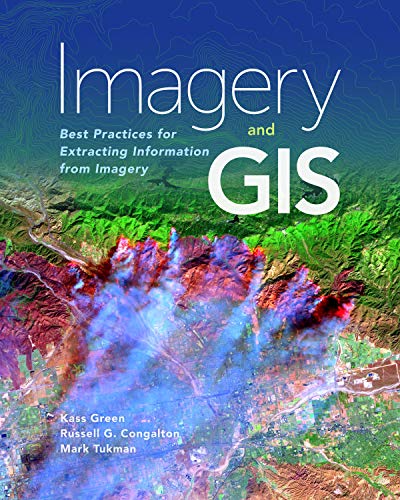- You are here:
- Home »
- GIS Software »
- Imagery and GIS: Best Practices for Extracting Information from Imagery
Imagery and GIS: Best Practices for Extracting Information from Imagery


Imagery and GIS, working together, expand our perspective so that we can better perceive and understand The Science of Where™.
Today, most maps include imagery in the form of aerial photos, satellite images, thermal images, digital elevation models, and scanned maps. Imagery and GIS: Best Practices for Extracting Information from Imagery shows how imagery can be integrated successfully into GIS maps and analysis. In this essential reference, discover how imagery brings value to GIS and how GIS can be used to derive value from imagery. Learn from case studies and in-depth explanations about selecting the ‘right’ imagery, image analysis, how to efficiently manage and serve imagery datasets, and how to accurately extract information from imagery. The authors’ experience working together on numerous research, teaching, and operational remote sensing and GIS applications bestow the book with both the newest innovations, as well as proven advice.
Apply the best practices found in Imagery and GIS to obtain the most value from imagery in your own GIS projects.
"Click Here!!! to get the best picture, get the best deal, lowest price and more detailed differences and similarities of the product as well as some more important information affecting your purchasing decision."Click Here
Session expired
Please log in again. The login page will open in a new tab. After logging in you can close it and return to this page.

A great book that relates imagery to the ideas of geographic … A great book that relates imagery to the ideas of geographic information systems. This will be a useful introduction to folks wanting to know how to use satellite images and images from non-satellite sources in their GIS work.
Extremely useful, and easy to read This filled in many gaps in my knowledge of the subject. I almost with-held the 5th star because of the focus on ArcGIS for most all practical examples. I would love to see even a nod to QGIS and/or GRASS (open source alternatives).
Practical advice and best practices The title says it all – this book gives you the best practices needed to carry out remote sensing-based mapping projects. What I appreciate most about this book is that it fills in the gaps that exist in many of the traditional remote sensing texts by combing theoretical underpinnings with case studies and practical advice. If you do any work involving remotely sensed data this book should not only be part of your library but one that you consult with regularly at the start of any project.